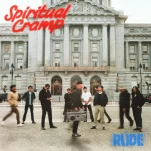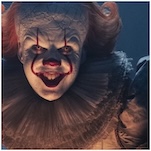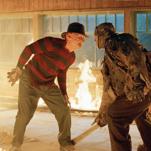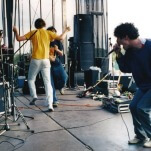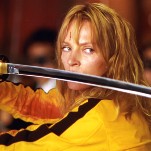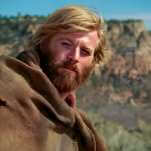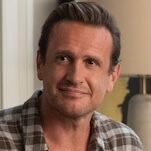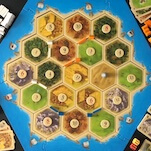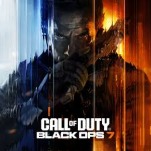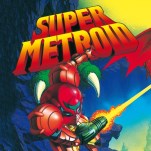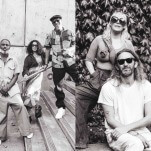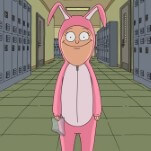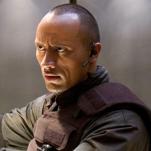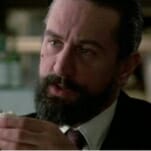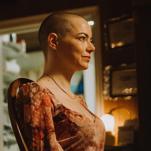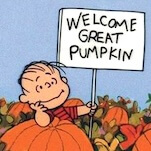TV Rewind: An Ode to Banshee and Its Legacy of Resilient, Complex Women
Photo Courtesy of Cinemax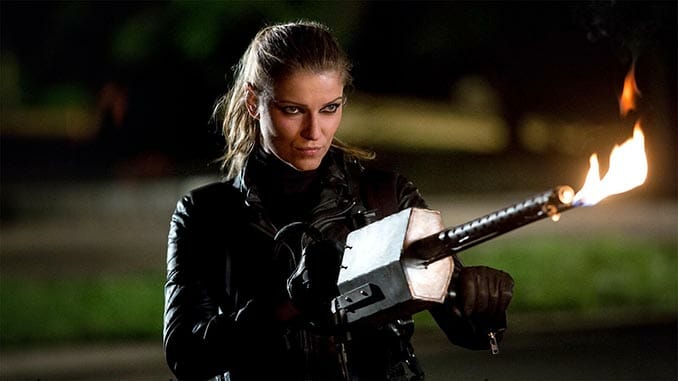
Editor’s Note: Welcome to our TV Rewind column! The Paste writers are diving into the streaming catalogue to discuss some of our favorite classic series as well as great shows we’re watching for the first time. Come relive your TV past with us, or discover what should be your next binge watch below:
![]()
(Editor’s Note: Be aware there are some series spoilers for Banshee below.)
The successful rebranding of Cinemax in the 2010s rested on producing scripted originals that would attract the premium network’s majority male viewership. So it’s hardly a surprise that the fan-favorite Banshee is seemingly tailor-made for the protoypical male gaze: excessive, gruesome violence is used as frequently as gratuitious sex and nudity are deployed within its pulpy narrative, which follows an ex-con (Antony Starr) who walks the line between criminal and cop after assuming the identity of a recently deceased sheriff. But spend a few hours in the small hamlet of the series’ title and a truth begins to emerge: There’s much more going on than just violence and sex, both in terms of the overarching narrative and its many players. If you stick around longer than that, you’ll also see that while Lucas Hood (Starr) might be a fascinating (anti)hero who flirts with masculine fantasy—multiple beautiful women fall into his bed with laughable ease early on, including the widow of a man he kills—the show actually belongs to the women in his life.
With the exception of children and the elderly, the female characters of Banshee are not weak. They are rarely in need of saving, not from the choices they make nor the violence at their doorsteps. The writers subvert the damsel-in-distress trope early and often, playing off viewers’ knowledge of what the show’s many women, including Carrie Hopewell (Ivana Milicevic), Siobhan Kelly (Trieste Kelly Dunn), and Nola Longshadow (Odette Annable), are capable of, as well as the expectations of those within the narrative who haven’t a clue. The result is a thrilling takedown of male arrogance and misogyny as they harness their strength and reveal why it’s a mistake to underestimate them. Their physical abilities are either equal to or surpass those of their typically male opponents, and so some of the show’s most memorable action scenes involve not Hood but these women, from Carrie’s nearly episode-long brawl with Olek (Christos Vasilopoulos) in Season 1 to Nola’s made-to-look-like-a-single-take fight with Burton (Matthew Rauch) in Season 3.
But like Banshee itself, the strengths of its women exist beyond the physical. They are also more emotionally evolved and mentally tougher than the men depicted in the show, mostly because they’ve had to be as a result of the hyper-masculine world in which they exist. Carrie is a prime example of this. Her relationship with Hood is the foundation upon which everything rests, and it is dictated almost entirely by her wants and needs. When Hood arrives in Banshee after serving a 15-year prison sentence, Carrie is at once the woman he loved and no longer the woman he knew; on the run from her gangster father (Ben Cross) after double-crossing him years ago, she left behind her life as Anastasia to become the wife of Gordon (Rus Blackwell) and mother of Deva (Ryann Shane) and Max (Gabriel Suttle). Her identity was shaped well before we joined the story, and because she had a 15-year head start on Hood, Carrie is also the stronger, better adjusted of the two. She recognizes she can’t go back, that the relationship and life they’d dreamed about in secret is dead. She didn’t need to see the home Hood bought for her go up in literal flames in one of the series’ best episodes (Season 2’s “The Truth About Unicorns”) to understand that.
-

-

-

-

-

-

-

-

-

-

-

-

-

-

-

-

-

-

-

-

-

-

-

-

-

-

-

-

-

-

-

-

-

-

-

-

-

-

-

-


